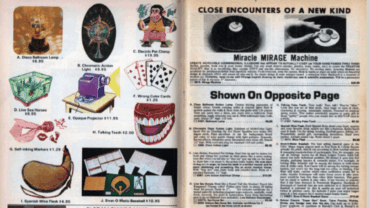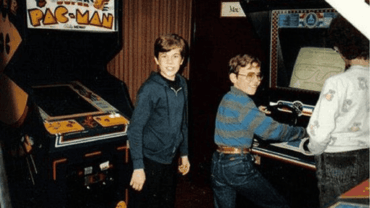The 1980s were a vibrant era, bustling with new wave music, colorful fashion, and a parenting style that many now view with nostalgia. While modern parenting often embraces technology and change, there’s something timeless about the lessons parents from the ’80s imparted. This era focused on independence, resilience, and creativity, providing a blueprint that some argue is still relevant today. Let’s explore three key aspects of ’80s parenting that offered unique advantages in raising well-rounded children.
DIY Science Experiments
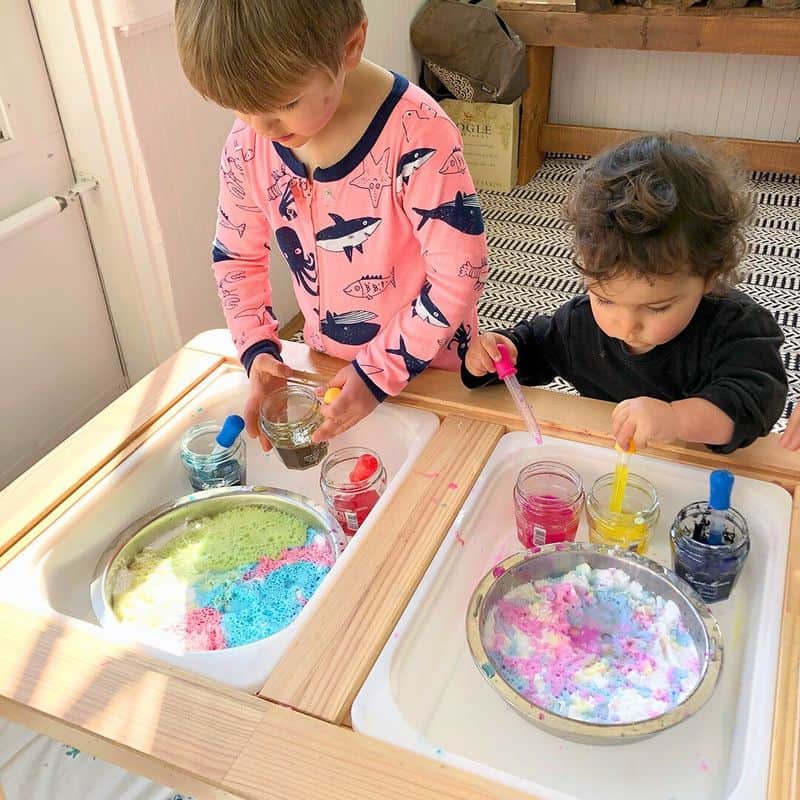
The ’80s were a time when home science experiments flourished. Parents encouraged curiosity by turning kitchens into makeshift labs. Kids would mix baking soda and vinegar, watching in awe as their mini-volcano erupted.
This hands-on approach fostered a love for learning and exploration. Families gathered around, making education fun and engaging. The focus was on creativity rather than perfection.
With limited resources, parents devised experiments that were simple yet profound, sparking a lifelong interest in the sciences. This approach nurtured problem-solving skills and scientific curiosity from a young age.
Unstructured Playtime
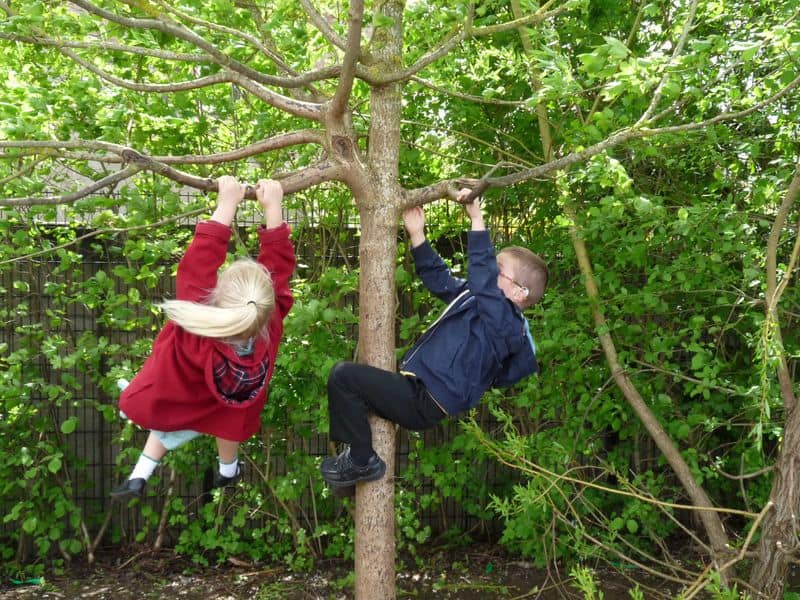
In the ’80s, children were often found exploring their neighborhoods, climbing trees, or riding bikes with friends. This unstructured playtime fostered creativity and independence. Kids learned to solve problems, negotiate rules, and think on their feet. Without constant supervision, they discovered their strengths and interests naturally. This freedom encouraged them to develop resilience and adaptability. Parents trusted their children to make decisions, a trust that built confidence. Such experiences, though simple, prepared kids for future challenges in a way structured activities often cannot. Unstructured play remains a powerful tool for development.
Family Meal Times

Family dinners were a cornerstone of the ’80s parenting approach. These meals provided more than just nourishment. They were a daily opportunity for family bonding, sharing stories, and values. Parents and children engaged in meaningful conversations, which strengthened their connection. Such interactions taught kids essential communication skills and table manners. Gathering around the table created a sense of stability and routine, contributing to emotional security. This practice also encouraged mindful eating habits, often involving everyone in meal preparation. The benefits of these shared moments continue to resonate in family life today.
Limited Screen Time
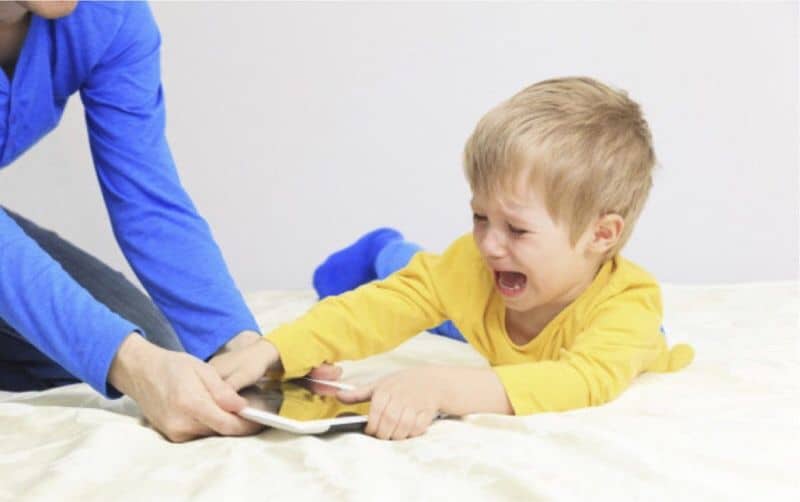
The ’80s limited screen time, with television being the primary source of digital entertainment. This encouraged children to engage in diverse activities beyond screens. Board games, reading, and outdoor play were staples of daily life. Parents set boundaries that balanced entertainment with learning and social interaction. By restricting screen time, children developed hobbies and hands-on skills, nurturing their creativity and imagination. This balance between virtual and real-world experiences helped them become more well-rounded individuals. Today, the challenge remains to find this equilibrium, but the ’80s offer a valuable example.
The Power of Sleep
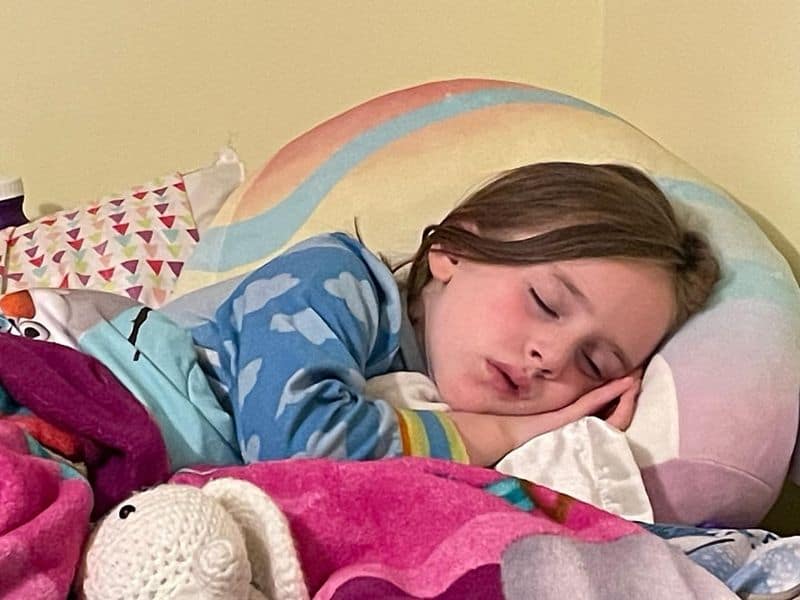
In the 1980s, a good night’s sleep was seen as a cornerstone of healthy child development. Parents were keen on setting a consistent bedtime routine that ensured their kids got enough rest.
Bedtime stories were popular, often featuring classic tales that sparked the imagination. The focus on sleep underscored the importance of rest in physical and mental growth.
Though today’s busy schedules make it challenging, the ’80s taught us the value of winding down and recharging. Establishing a comforting bedtime routine can help children feel secure and ready for the day ahead.
Authority and Respect

The 1980s emphasized respect for authority, whether at home, school, or in the community. Parents often used clear rules to guide behavior, creating an environment of mutual respect.
Children learned to understand boundaries while feeling valued and heard. This balance helped them develop into respectful adults.
Encouraging open dialogue within set limits fostered a sense of security and trust. Today, while parenting becomes more flexible, maintaining a level of authority can help children learn essential social skills and respect for others.
Reading
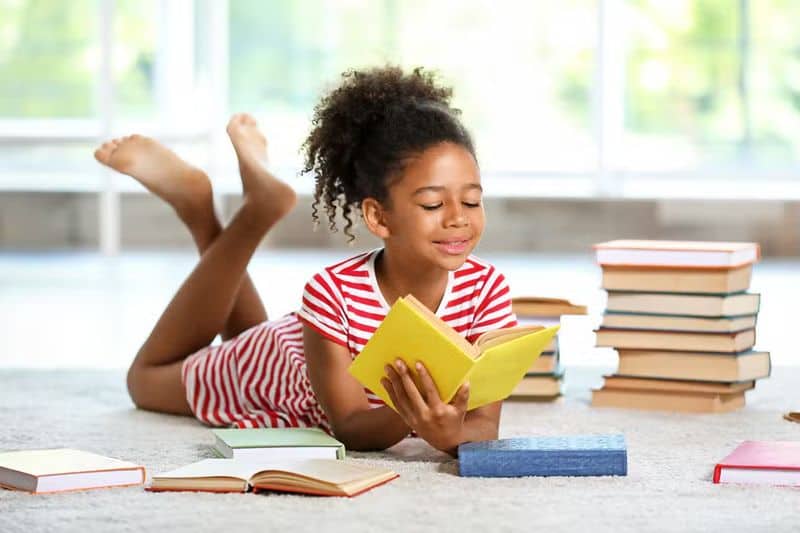
Reading was a cherished pastime in the 1980s, both for education and entertainment. Parents encouraged their kids to explore books, nurturing curiosity and imagination.
Libraries were popular weekend destinations, offering worlds of adventure. This era highlighted the transformative power of reading in developing literacy and critical thinking skills.
In an age of screens, revisiting the joy of reading together can strengthen family bonds and ignite a lifelong love for stories. Consider setting aside time for shared reading experiences, creating magical moments together.
Teaching Empathy
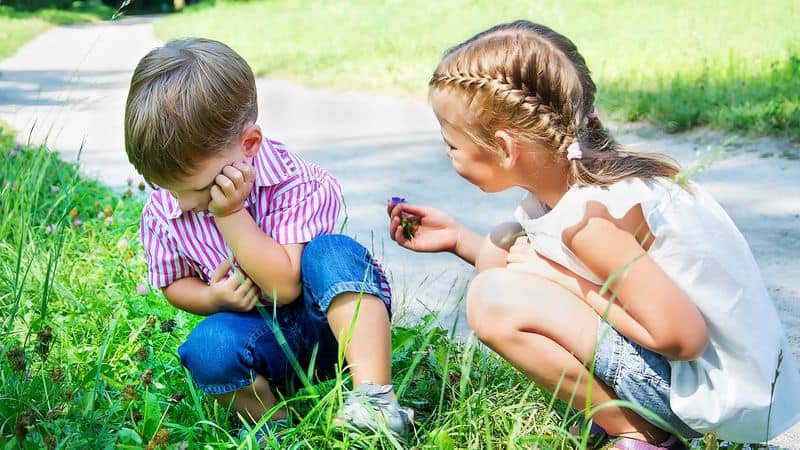
Empathy was subtly woven into ’80s parenting through active listening and shared experiences. Parents taught empathy by modeling compassionate behavior and encouraging kids to consider others’ feelings.
Activities like volunteering or simple acts of kindness were common ways to cultivate empathy. These lessons were crucial in helping children develop emotional intelligence.
Today, continuing to nurture empathy can lead to strong social connections and a caring community. Encouraging discussions about feelings and promoting kindness in daily interactions helps children grow into understanding individuals.
The Art of Letter Writing

In the 1980s, communication wasn’t as instant as today. Kids learned the art of letter writing, a skill that combined patience with creativity. Pen pals were common, fostering friendships across distances. Writing letters taught kids how to articulate thoughts and feelings in a thoughtful manner.
This practice also encouraged children to take time, reflect, and engage deeply with their feelings and expressions. The excitement of receiving a letter in return was unmatched, creating anticipation and joy. Today, this seemingly lost art provides valuable lessons in patience and thoughtful communication.
Letter writing remains a cherished memory for many who grew up in this era.
The Backyard Campouts
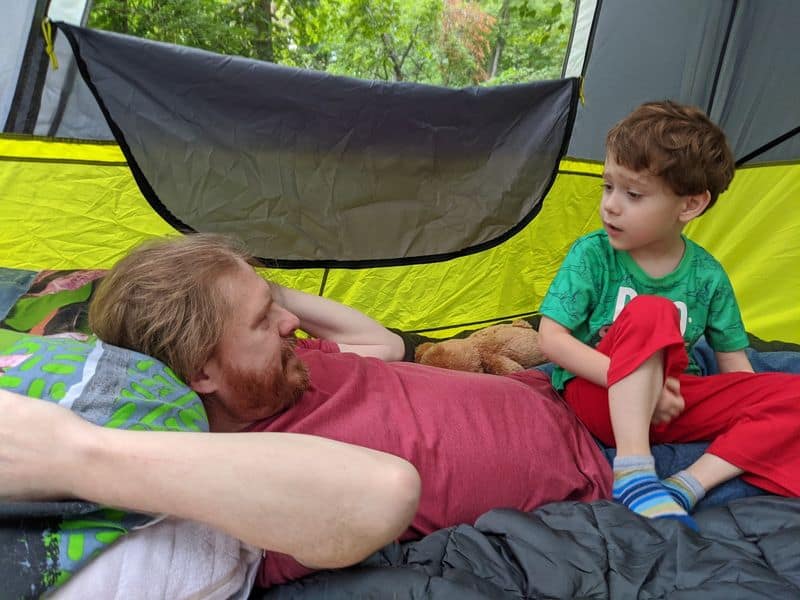
Backyard campouts were a staple of ’80s childhoods. Kids would set up tents and share ghost stories under the stars, away from the structured environment of home. These nights were filled with laughter, adventure, and a touch of mystery.
Children learned to appreciate nature, even in their own backyards, and developed independence as they navigated these mini adventures. It was also a way for kids to experience the thrill of camping without straying too far from home comforts.
These experiences fostered a love for the outdoors and created unforgettable childhood memories.
The Art of Hitchhiking Adventures

In the ’80s, taking spontaneous hitchhiking trips was seen as adventurous family bonding. Parents taught children street smarts and trust in humanity. They often shared stories, laughter, and life lessons along the way.
This unconventional method built resilience and independence. Families navigated the unknown together, fostering a sense of adventure. It was a time to explore unfamiliar territories while learning about different cultures and people.
Such experiences provided children with unique perspectives on life beyond their immediate environment. These journeys also created cherished memories, strengthening family bonds through shared adventures in the open world.
Mystery Storytelling Evenings
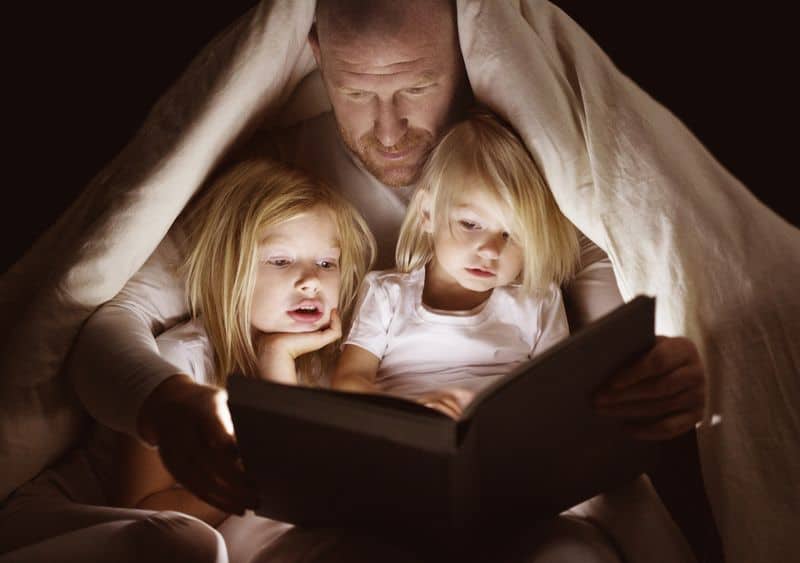
Mystery storytelling evenings were a cherished ’80s pastime. Parents crafted suspenseful tales, captivating children’s imagination. These sessions became a platform for creativity and family interaction.
Children developed listening skills and imaginative thinking. They participated by guessing plot twists and suggesting story endings. This engagement fostered critical thinking and narrative skills.
Such evenings were more than storytelling; they were about connecting and creating lasting memories. Parents enjoyed sharing stories, while children relished the excitement and intrigue. It was a magical way to end the day, embracing the power of stories to bring families together and inspire young minds.

